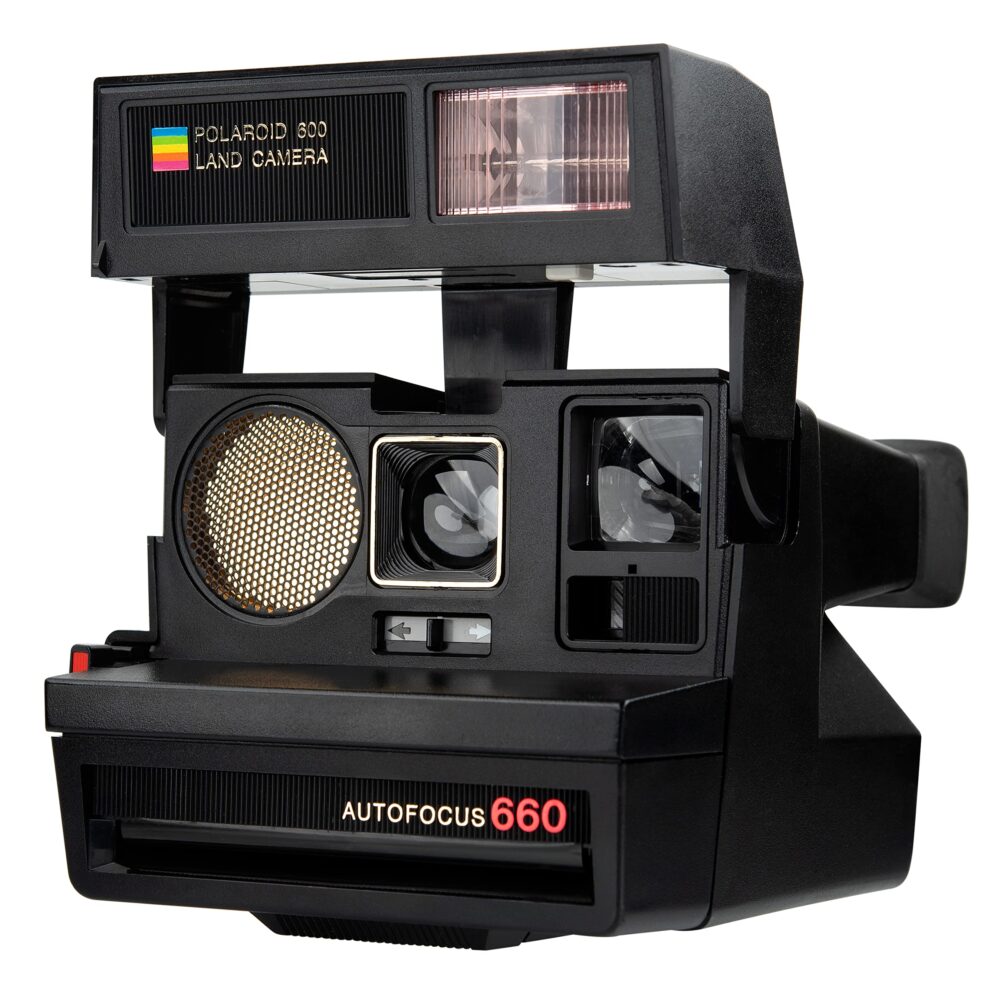Snap. And upload. Just like that, everybody running in your circles gets to see a perfect still of the specimen you were about to flush down the loo. Or the cute dog you spotted on the train to work. Or a sad-face selfie at your desk, with an extensive to-do list pinned up on the board behind your head, which includes ‘call mom’ at 5 after work.
Sound familiar? It’s a little thing called Instagram, and it makes sharing key moments quick and easy, because we’re still in dire need of self-validation from LordSomber, whose first name has wound up lost in the winding portal that is the world wide web.
But back in the 80s sharing photos was, like a lot of things, tangible. And the Polaroid 660 camera cut the weeks, or months, getting your Kodak moments developed with a stellar bit of tech that seems to have come full circle in recent times as we’re getting increasingly tired of scrolling on a screen to experience other people’s treasured capsules of frozen memories.
The idea
Okay, so maybe the 660 is not the first of a line of instacameras. For that, you’d have to go way back in time to 1923, when Samuel Shlafrock put together a camera and a portable wet dark room in a compact device.
But the first commercially viable instant camera has to be attributed to North American scientist, Edwin Land, whose 1948 model 95 Land Camera, that kind of looks like an accordion with a lens, found its way into the hands of consumers clambering onto the insta-snap bandwagon.

Polaroid seemed to build on these landmark inventions, and after tweaking and adjusting, they finally came up with the click and print, Sun autofocus 660 model that allows you to pin up a brand new photograph within 30 minutes.
The 660 – world’s apart
You can’t miss the 660. It’s a square chunk with a flash and a mini printer slot through which your still frames emerge. It was a member of the impressive 600 series club; Polaroid’s cutting edge models that took the SX-70, or Time Zero, film, which featured on third generation Polaroid cameras, and contained all the elements of a film from negative to developer in one, to the next level.
600 film essentially worked four times faster than its predecessor, which is why images could be developed so quickly.

What sets the 660 apart from the 600 is the ‘Sonar’ autofocus, which basically used ultrasonic waves to calculate the distance between the camera and the subject, kind of like bats or dolphins targeting their next meal, whichever floats your boat.
But the baddest daddy on this device was the inspired piece of processing technology that allowed users to create filters and other effects when printed images were exposed to light, sort of like a primitive variation of the more sophisticated colour filters you find on photo apps these days.
Polaroid today
Did you notice the sudden appearance of a click ‘n’ print Polaroid at your latest party or event? The 660, or other variations, are making an impressive comeback. After all, you wouldn’t say no to a physical copy of you in a Batsuit during Halloween signed by Christian Bale, would you? Beats a selfie with the man.





